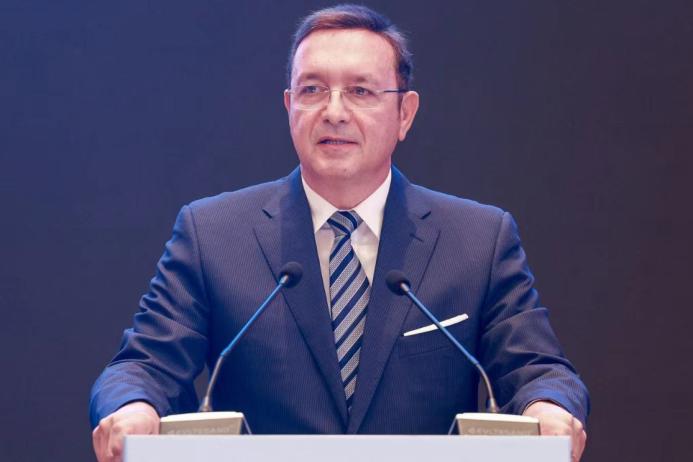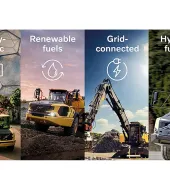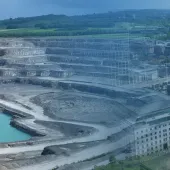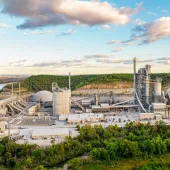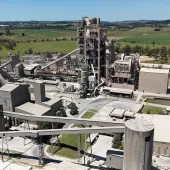World Cement Association calls for collaborative action
Association warns European policies could triple cement prices; Urges balanced approach to decarbonization
THE World Cement Association (WCA) has warned that cement prices could triple or quadruple under current European policies, while presenting its vision for sustainable industry transformation at the European Cement Decarbonization Summit 2025 in Frankfurt.
Speaking at the two-day conference, WCA director Emir Adiguzel highlighted the key challenges facing the industry, such as rising energy costs, growing global overcapacity, and the effects of carbon pricing, while reaffirming the Association’s commitment to representing independent cement producers worldwide.
‘Cement prices will triple if not quadruple with these policies in Europe,’ Mr Adiguzel warned, highlighting the significant cost burden that decarbonization measures will place on the construction sector and end consumers. The WCA noted that most carbon-related costs will be passed to consumers, with carbon pricing becoming a ‘selling imperative’ for price increases across the industry.
The WCA’s latest analysis was presented, indicating that the cement sector will require US$200 billion in investment by 2050 to fully decarbonize. Between 2019 and 2023, leading global firms reduced carbon intensity from an average of 700kg CO2/tonne to 640kg CO2/tonne, demonstrating that progress is achievable with the right support mechanisms.
While acknowledging that carbon capture projects ‘must continue if applied correctly’, Mr Adiguzel emphasized that these technologies will have a limited effect on global industry decarbonization. His presentation highlighted that current carbon capture technology requires investment exceeding the capital cost of an entire cement plant, with significant development still needed for scalability.
The WCA highlighted four key levers for decarbonization that remain largely underutilized by the sector, including:
Energy efficiency: Waste heat recovery, advanced process control, and AI optimization
Alternative fuels: Increased use of biogenic fuels and higher thermal substitution rates
Reduced clinker factor: Adoption of LC3, natural pozzolans, and supplementary cementitious materials (SCMs)
New technologies: Carbon capture and storage, electrification, and heat storage solutions.
Mr Adiguzel also raised concerns about the effectiveness of the EU’s Carbon Border Adjustment Mechanism (CBAM) in incentivising non-scheme exporters to reduce their carbon footprint, particularly given the expensive investments required.
‘Cement is an irreplaceable material, vital for the infrastructure that underpins a green economy,’ he concluded. ‘This journey will require more than just plans, it demands collaborative action across the entire value chain.’

